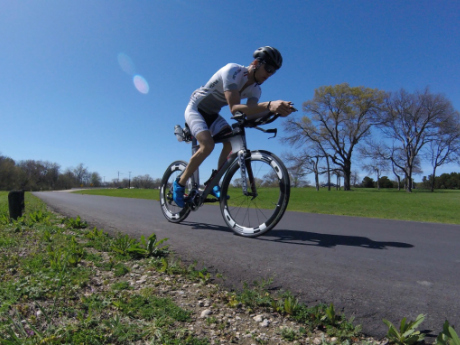

From chews and gels to tablets and bars, sports nutrition products are seemingly limitless. Finding the right combination, though, requires much trial and error (and some not-so-fun stomachaches).
No matter what nutrition plan you choose to implement come race day, try to consume between 250-350 calories an hour. While it may be tough, implementing a thorough nutrition strategy can convert a potential DNF to a breakthrough PR.
Throughout the past few months of training for IRONMAN Texas, I've narrowed down what nutrition works for me and what I should avoid. With only nine days separating me from the start line, all I have left is to pack up and execute smoothly.
So what have I learned? Eating on the course is more technical than it sounds.
Science Rules!
While it's fun to try all the flavors at your local bike shop, once you find what works you should stick with it. Approach your race day nutrition plan scientifically: Only change one variable during each training session leading up to the race.
For example, if you have GI or cramping issues while using electrolyte tablets, gels and bars on a training ride, only swap out one of the three to see if it's the culprit. I've found that I can't consume protein when out for long rides and runs.
Once that's dialed in, you can start experimenting with flavors.
Hot and Cold
Speaking of flavors, it's important to consider race conditions when planning your nutrition. My favorite raspberry gel tastes great when it's 60 degrees out, but it's not nearly as appetizing when it's 30 degrees warmer.
It's going to be tough enough to consume the right amount of calories on race day as it is--make it easier on yourself by choosing products that don't turn you off in certain weather conditions.
"Real" Food vs. "Sports" Nutrition
While optimized for easy digestion, sometimes gels and chews are simply not enough. There's a reason IRONMAN provides chicken broth, potato chips and cookies on the course--they're all high in calories.
If you feel like you just can't down one more gel, try some solid food. Not only will it provide some much needed fat content, but it'll cleanse your palate and make you feel like you actually consumed something with substance.
I tend to go for chicken broth and potato chips later in the marathon once the sun starts to set and it cools down. It's more than just calories; it's a moral booster, too.
The Tortoise and the Hare
Adding to the idea of "real" food, your pace will greatly determine what nutrition you can use out on the course. If you're simply looking to finish, you can afford to consume more solid foods. You'll have more time to slow down, eat and give your body a moment to digest.
If you're really pushing and looking for your next PR, consider getting most of your nutrition in liquid form. Your body can process the calories faster, and you knock out your hydration and caloric needs at the same time.
If you're like me and land somewhere in the middle, then finding a balance between solid and sports nutrition is key. Potato chips break up the monotony of sweet sports products, and my coach swears by chocolate chips.
- 1
- of
- 2
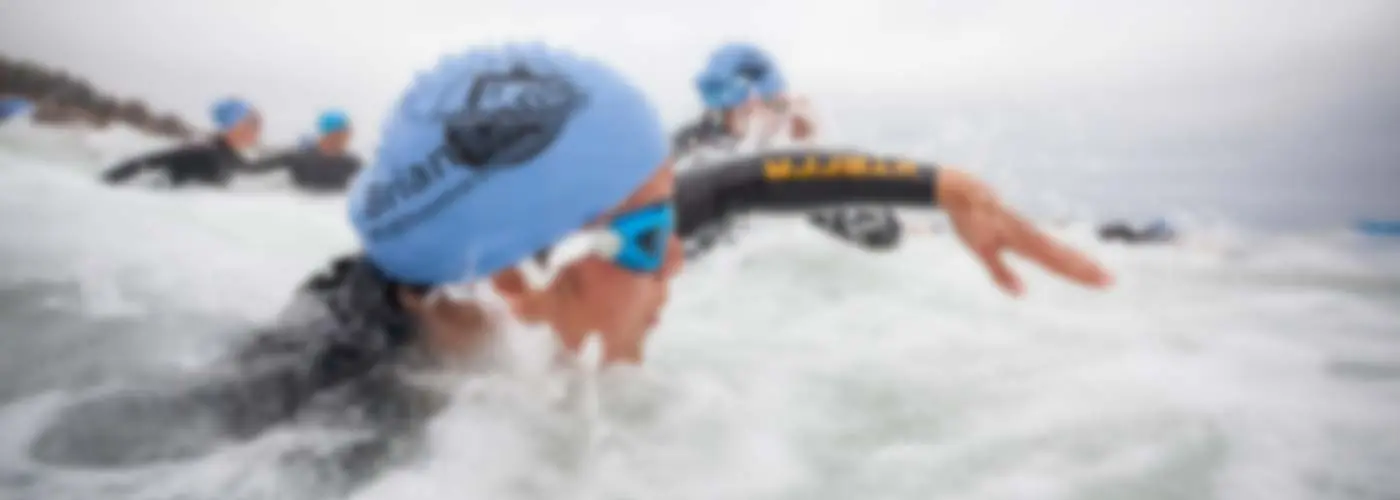





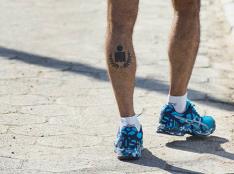

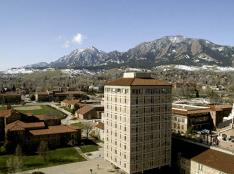
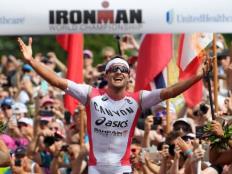
Discuss This Article